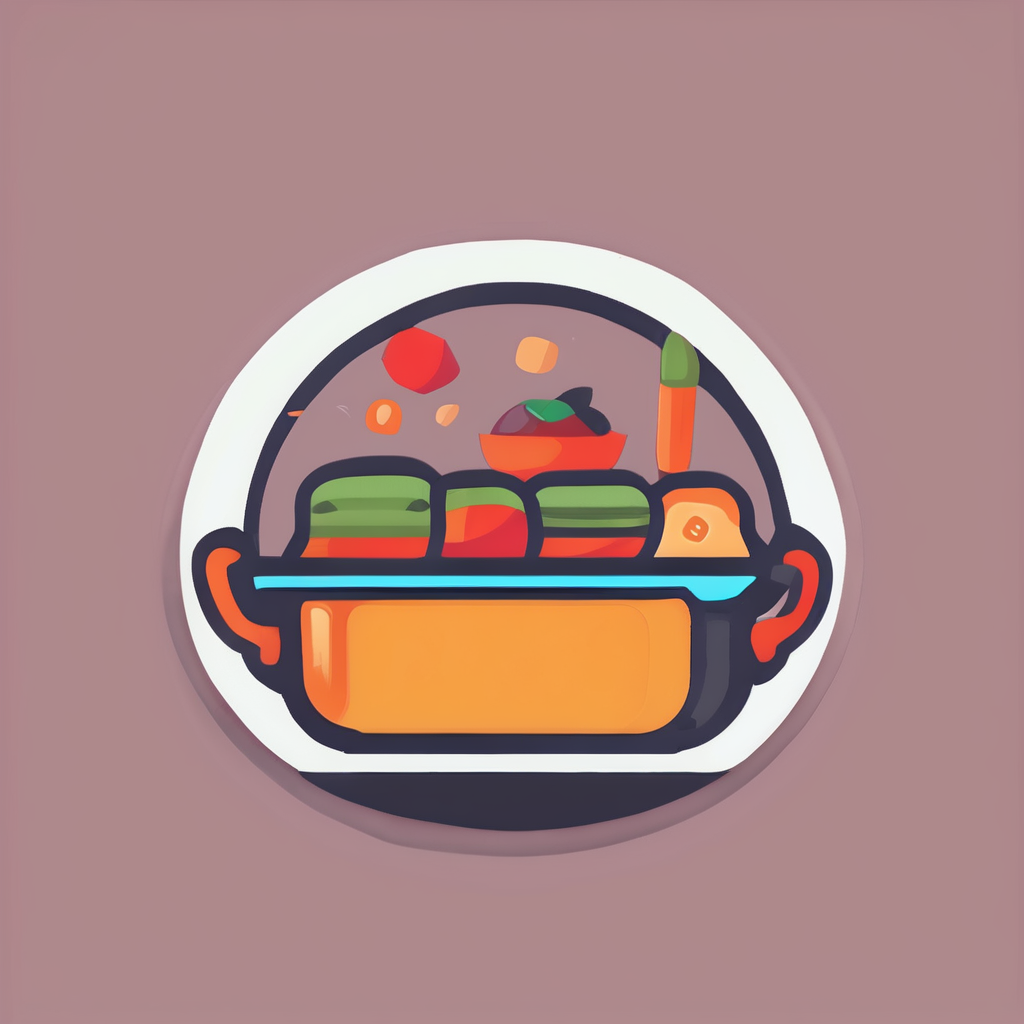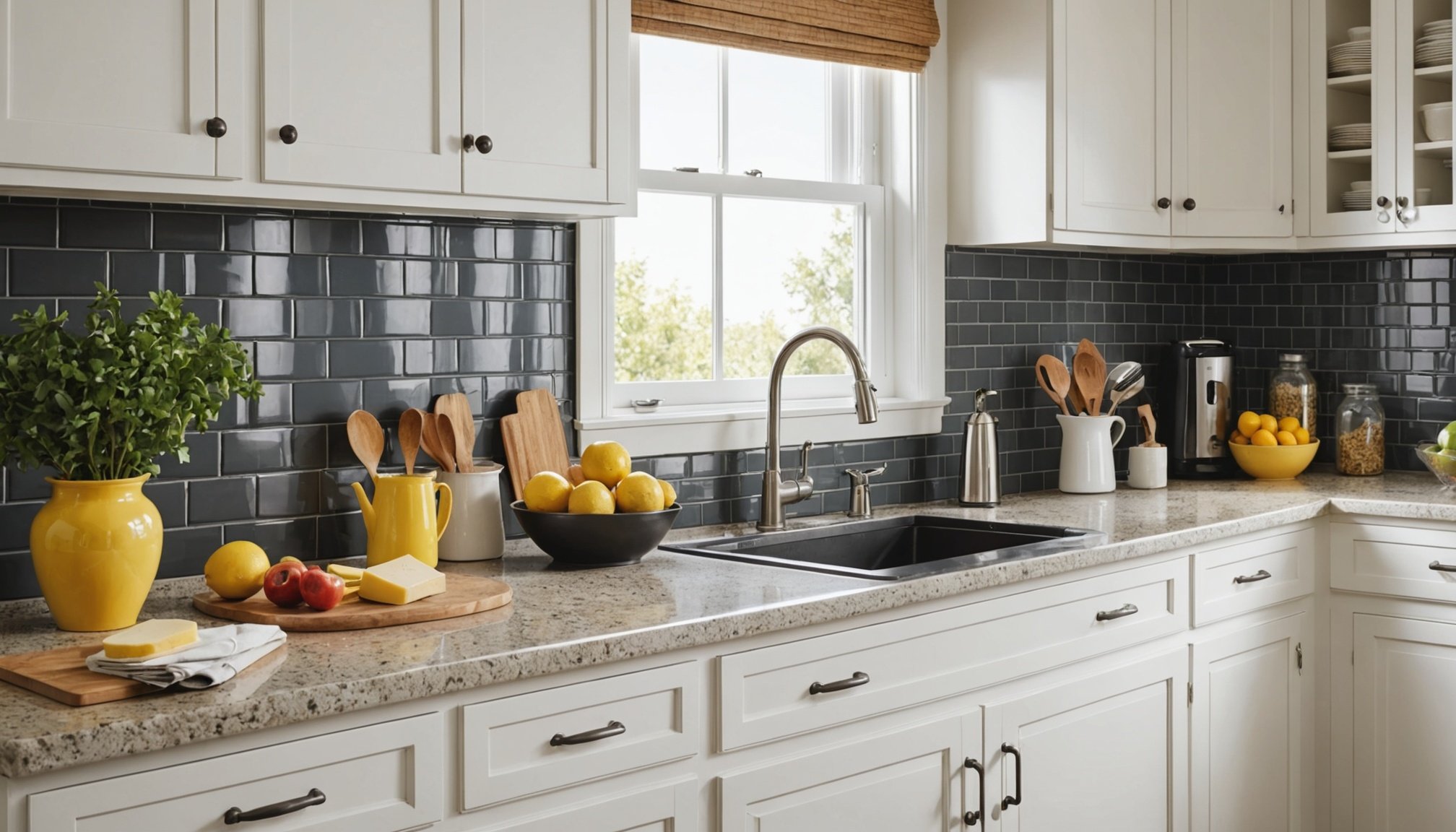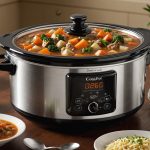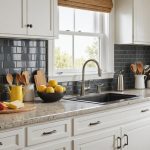Importance of an Easy-Care Kitchen
Having an easy-care kitchen is a blessing for people with busy lifestyles. Life’s demands mean there’s often precious little time to spend cleaning or maintaining spaces. A low-maintenance cooking space alleviates the pressure, making it simpler to keep the heart of the home in order. Imagine preparing a meal without worrying about the aftermath of arduous cleaning. This simplicity can transform the kitchen not just into a cooking area, but into a welcoming environment for family and friends.
A practical kitchen design ensures that cleaning tasks are minimized, and everything operates smoothly. The right design choices, from easy-to-clean surfaces to efficient layouts, contribute significantly to reducing time spent on chores. The cleanliness of the kitchen directly impacts the overall home environment, creating a warm and hygienic atmosphere throughout.
Moreover, the cost-effectiveness of easy-care materials means you can save money over time. Investing in durable, low-maintenance options upfront results in fewer replacements and repairs. Less frequent maintenance extends the lifespan of your kitchen, offering excellent value. This approach allows homeowners to enjoy their kitchens without the stress, enhancing everyday living and food preparation experiences.
Choosing the Right Materials
Selecting kitchen materials for easy cleaning plays a crucial role in maintaining an efficient cooking space. Materials like quartz and stainless steel are popular for their durability and ease of maintenance. They resist stains and scratches, making them ideal choices for a low-maintenance kitchen. In contrast, traditional materials such as wood or laminate may require more frequent upkeep, potentially leading to higher long-term costs and effort.
Also read : Window sill wonders: your ultimate guide to growing a thriving herb garden in miniature greens
Durable surfaces not only provide practicality but also influence the kitchen’s overall look and feel. Modern materials often integrate sleek designs that contribute to a contemporary aesthetic, harmonizing functionality with beauty. Low-maintenance countertops such as granite or engineered stone offer similar benefits by minimizing the need for rigorous cleaning routines.
The impact of careful material choice extends to long-term maintenance, reducing the need for replacements and repairs. This proactive approach enhances the longevity of your kitchen, making everyday tasks less burdensome and ensuring your investment remains valuable. By prioritizing easy-to-clean materials, you can significantly streamline your kitchen maintenance and enjoy a stress-free environment. When choosing materials, consider those that blend seamlessly with your lifestyle while minimizing daily cleaning efforts.
Smart Layout Design
Designing a kitchen layout for efficiency is pivotal in creating a seamless cooking experience. Ergonomic design is the foundation of a practical kitchen that minimises daily chores, ultimately saving time and energy. By smartly organising different zones, you can enhance the kitchen’s optimal workflow, making tasks more intuitive and less strenuous.
Key elements of a functional kitchen layout include proper placement of the sink, stove, and refrigerator, often known as the kitchen triangle. This setup allows a smooth flow between cooking activities, reducing unnecessary movement and effort. Another consideration is the inclusion of ample counter space to ensure a comfortable food preparation area.
Ergonomics greatly impact cleaning ease, as reachable storage and well-placed appliances help maintain a clutter-free environment. Effective kitchen layout also means easier upkeep, as consideration of ergonomics reduces the need for strenuous cleaning activities.
When planning your space, incorporate tips for organising zones:
- Group items based on frequency of use.
- Store commonly used utensils near the stove.
- Place cleaning supplies close to the sink.
Such strategic placement improves efficiency and contributes to a low-maintenance cooking space, enhancing the joy of cooking without adding extra burdens.
Organizational Strategies
Creating a clutter-free kitchen organization not only enhances the aesthetics of your space but also simplifies daily tasks. Effective storage solutions are key to maintaining an organised cooking area, making it easier to locate necessities and minimize mess.
A well-organised kitchen begins with practical storage methods, such as installing pull-out shelves and deep drawers. These solutions allow for better access and visibility, significantly reducing the time spent searching for items. Consider investing in container systems or labelled jars for pantry goods to keep food items neatly grouped.
Decluttering is crucial in establishing a low-maintenance cooking space. Start by regularly evaluating which kitchen tools and products are necessary, donating or disposing of items that no longer serve a purpose. This ongoing process prevents accumulation and keeps your kitchen streamlined.
Innovative organisational tools and products have transformed kitchen storage: Lazy Susans maximise corner cabinet space, while magnetic knife strips keep knives within easy reach and off countertops. Customisable drawer inserts help in maintaining a tidy utensil arrangement, while vertical dividers are excellent for storing cutting boards and baking trays.
By implementing these strategies, your kitchen remains an efficient and stress-free environment, allowing you to focus more on cooking and less on managing clutter.
Appliances for Easy Maintenance
Choosing the right low-maintenance kitchen appliances can transform the upkeep of your cooking space. Look for features that simplify cleaning, such as easy-clean surfaces and self-cleaning options. These features reduce the time and effort required to maintain your appliances, making them ideal for busy households.
When comparing traditional appliances to their smart counterparts, consider how each affects maintenance. Smart appliances often come with advanced technology that can alert you when maintenance is required or even complete updates autonomously. They can streamline your routine but may sometimes entail a steeper initial investment.
The role of energy-efficient options in kitchen design cannot be overlooked. Not only do they reduce utility costs, contributing to overall household savings, but they are also typically designed with user-friendly features intended to minimize cleaning hassles. Look for energy ratings and consider how intuitive controls can help maintain a sustainable yet efficient home environment.
Embracing technology and thoughtful design in your appliance choices will enhance your kitchen’s functionality and reduce long-term upkeep. Prioritizing energy efficiency and user-friendly features ensures a tidy kitchen experience, offering a harmonious blend of functionality and convenience.
Cleaning Tools and Techniques
A well-organised kitchen requires effective cleaning tools to maintain its appearance and hygiene. Picking the right tools is crucial for specific surfaces. For instance, microfiber cloths excel on glass and stainless steel, leaving surfaces shiny without scratches. Baking soda and vinegar solutions work wonders on stubborn stains and are gentle on most countertops.
Crafting the perfect maintenance strategies keeps tasks manageable. Start by grouping tools based on their use—keep brushes and scrapers near cooking zones, and sponges or cloths by the sink. This setup ensures everything is at hand when needed, boosting your cleaning efficiency.
Time-saving cleaning tips are essential for those juggling busy schedules. Allocate short cleaning bursts throughout your day, focusing on high-traffic areas like the sink and stove. Alternatively, implement a weekly deep-clean strategy to ensure all kitchen areas receive attention without feeling overwhelmed.
Develop a cleaning schedule that suits your lifestyle. For instance, tackle small tasks after meal prep and reserve larger chores for weekends. Routine tasks become more manageable with a consistent schedule, ensuring that the kitchen remains pristine with minimal effort. Employing a strategic approach to cleaning conserves time and keeps the heart of your home inviting.
Visual Examples and Inspirations
Imagining the possibilities for your kitchen’s transformation can be invigorating. Creating a workspace that is not only functional but also a source of daily satisfaction starts with exploring diverse kitchen design ideas. Look for examples that highlight both aesthetics and utility, ensuring your space remains inspiring and manageable.
Visual inspiration plays a crucial role in kitchen planning. It allows homeowners to visualize the practical application of various elements and how they harmonize. Mood boards and galleries can provide a comprehensive view, helping you identify elements such as colour schemes, textures, and layouts that suit your taste.
Seeking visual examples of successful easy-care kitchen designs can ignite your creativity. These often showcase smart material choices and designs that enhance efficiency and minimize maintenance. Note how simplicity is elegantly maintained without sacrificing style.
When it comes to implementation, consider a few straightforward DIY tips to bring your found ideas to life. For example, introduce open shelving to enhance accessibility or apply bold colours for a fresh look. With a bit of creativity, these practical kitchen decor ideas can be infused into your home, transforming it into a space that truly reflects your personality and meets your needs.











